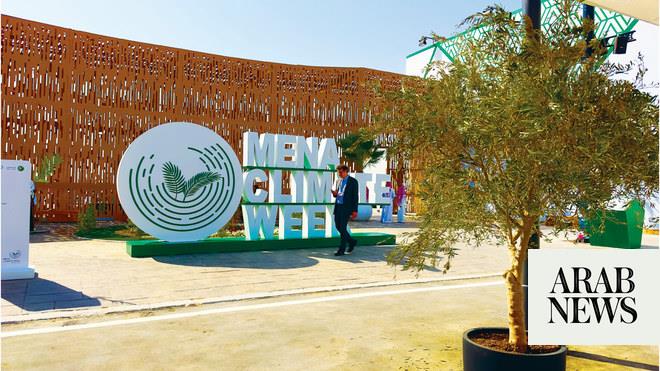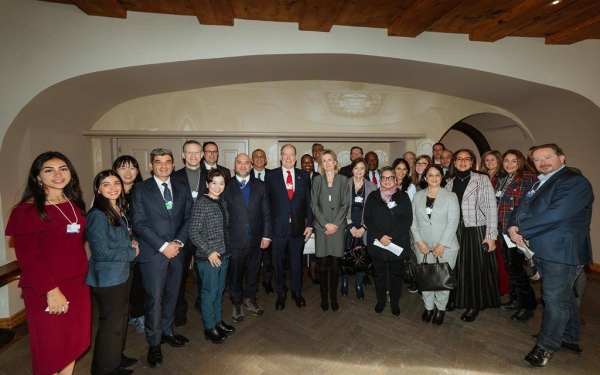
Though India has always remained the hub of environment protection and climate justice since time immemorial, it has renewed its vigor and focus on these concerns with firm determination in recent times. India has progressed on the path of ensuring better environmental protection and renewed the call for climate justice.
Though deliberations on the state of the environment have remained a mainstream conversation topic in India, it was incredibly rare to formulate specific time-bound targets that the nation had to take to address these burning issues. That mindset has undergone a radical shift in the last half a decade.
India has taken upon itself the responsibility of guiding the world towards negotiations on sensitive environmental treaties and agreements. As a result, there are mechanisms like the International Solar Alliance (based in Gurugram) that have come into being with India at helm. An effort of this magnitude was somehow considered impossible until a few years ago.
Today, within 6 years, India’s renewable energy capacity has increased by more than 250% — which in itself is a rapid pace of growth for any country, especially a developing country with 140 crore individuals. As a result, India is now amongst the top five countries of the world in terms of installed renewable energy capacity. All this is geared at ensuring a sustained effort towards achieving sustainable development in the longer run.
As has always been the case, India has chosen a path where economy and ecology can both co-exist and move forward. Setting an example for the world, India has been able to protect the environment without blocking infrastructural projects. In a situation where no other country has been able to sufficiently meet the Paris Climate Agreement goals, India has been a beacon of light achieving targets much ahead of the timeline.
In addition, India has also formed the Coalition for Disaster Resilient Infrastructure initiative, which aims to protect small island nations from the existential threat of rising global temperatures as well as other related natural disasters. Partnering with small island nations that have often been neglected by the developed world was a testament of India’s global vision.
As part of the World Environment Day celebrations in India, the government issued a clarion call to increase the use of ethanol blending within the country. A detailed road map for the development of the ethanol sector was released putting it atop the pedestal of major priorities of the 21st century India. Resolving to meet the target of 20% blending in petrol by the year 2025, the focus is on creating a large impact on environment as well as the lives of farmers.
To aid in the same, ambitious E–100 projects have been started on a pilot level in different parts of the country. These projects have been initiated with the aim of producing and distributing ethanol on a wider scale.
These initiatives alone may not be enough, and therefore, the government also issued a notification allowing for oil companies to sell 20% ethanol blended petrol from the fiscal year 2023. This will also result in further nurturing of the Bureau of Indian Standards (BIS) specifications for higher ethanol blends E-12 and E-15.
Despite the many achievements of the last half a decade, India is in no mood to rest on its laurels. At the recent COP 26, India launched the Green Grids Initiative — One Sun One World One Grid — the first international network of global interconnected solar power grids. Aimed at enhancing the viability of solar projects as well as reducing carbon footprint by a significant margin, this will open up a new avenue for cooperation between different regions of the world.
In addition, these efforts can boost green investments and create millions of jobs. Even though it is difficult to fully harness the immense potential of energy available during the daytime, India is hopeful that this initiative may be the solution to the problem by transferring this energy easily.
Investing in solar, wind, storage and other renewable energy generation in locations endowed with renewable resources, the initiative is geared at mobilizing $1 trillion of funding by 2030 to assist developing countries to expand their power grid and meet their energy needs.
As a spiritual leader in the field of climate justice and environmentalism, India has always led from the front and towards the right path. In consonance with the centuries-old tradition of Vasudhaiv Kutumbukum (‘the world is one family’), India’s environmental efforts are geared at promoting world peace and reaching the last person in the queue, irrespective of their race, religion or language. — SG












